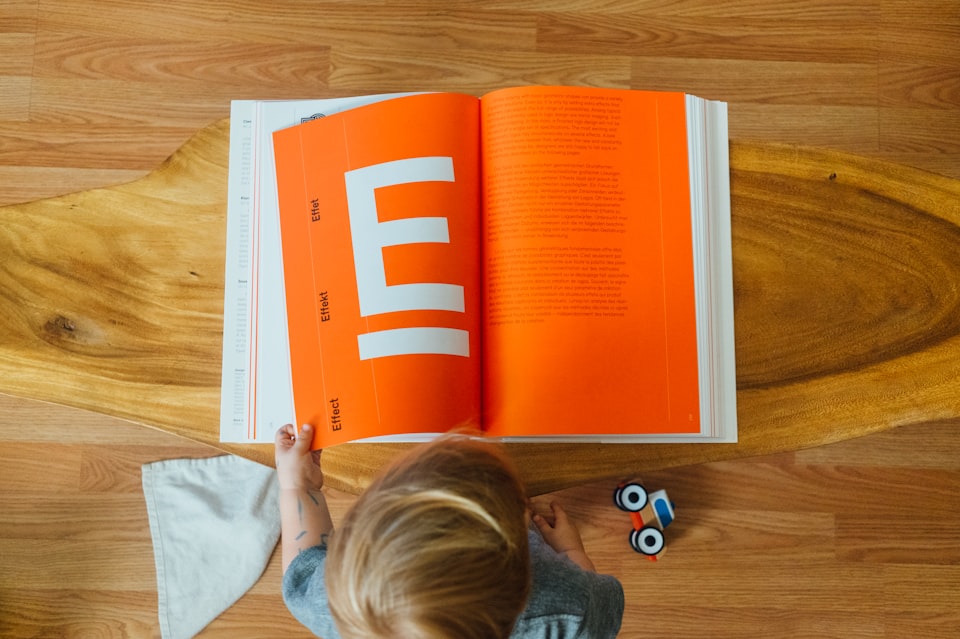Parts of Speech (Meaning & Types)

In English grammar, words are classified into nine main categories according to their functions in sentences. Parts of speech form building blocks of grammar and are also known as word classes.
It is important to recognize the parts of speech and understand them. This helps you to analyze and construct good sentences. Parts of speech denote how words function grammatically and in meaning within a sentence.
Understanding the parts of speech is important in determining the correct definition of a word.
Parts of speech can be divided into nine speeches:
- Noun
- Pronoun
- Verb
- Adjective
- Adverb
- Preposition
- Conjunction
- Articles or Determiners
- Interjection
Every English word falls into one of the nine parts of speech. Depending on the sentence construction rather than context, some words can be considered to belong to more than one part of speech.
Parts of speech are often distributed into the open classes (noun, verbs, adverbs, adjectives) and closed classes (pronouns, conjunctions, prepositions, articles/determiners, and interjections).
Open classes can be modified, and more words can be added to the list as the language develops. However, closed classes can't be altered. Having a good understand of the parts of speech enables you to understand proper sentence construction or word usage.
The 9 Parts of Speech
Noun
Boy... Davies...mango... Ontario...sadness
A noun is a naming word for representing a person, thing, place, or idea. They are often used with an article (a, an, the) but not always. Nouns can take diverse roles in a sentence. It can function as the subject, direct object, indirect object, object of a preposition, or subject complement.
It can be categorized into proper nouns and common nouns. Nouns can be in the singular, plural, concrete, or abstract form.
Pronoun
We....she....they.... our
A pronoun is a word used in the form of nouns in a sentence. It is often substituted for a noun in a sentence. Pronouns can be divided into personal pronouns, a reflexive pronoun, possessive pronoun, relative pronoun, and demonstrative pronoun.
Verb
Sing... jump...dance....kill
A verb is a word used in expressing an action. It tells what happens in sentences. Verbs show the subject's state of being (is, was). The forms of verbs can change based on the tense (present, past) and count (singular, plural).
Adverb
sometimes...lazily...carefully...extremely
Adverbs are words used to describe or modify a verb, adjective, or another adverb in a sentence. Adverbs usually answer the question of "when, where, why, how, to what extent." Often, adverbs end with -ly.
Adjective
funny...pretty...bright...old
An adjective is a word that changes, improves, or describes a noun or a pronoun. It usually answers the question of which one, what kind, and how many. Adjectives give the reader more insight into using their senses to imagine things more clearly.
Preposition
To...with...by...until
Prepositions are words that precede a noun or pronoun to form a phrase modifying another word in the sentence. They show relationships between a noun or pronoun and the other words in a sentence. Preposition begins a prepositional phrase, which sometimes functions as an adjective or adverb.
Interjection
Wow!...oops!...ouch!...oh!
Interjections are words that express emotions and convey reactions. It is often followed by an exclamation mark and can stand alone or be contained within sentences.
Conjunction
But...because.....yet...and
Conjunctions are words that join words, phrases, and clauses during a sentence formation. They also show the relationship between the elements joined. A conjunction can be categorized as coordinating conjunction, subordinating conjunction, and correlative conjunctions.
Articles/Determiners
Articles: a....an....the...
Determiners: those.....enough....much....few.....
Articles and determiners function as modifiers, but they are different in that they are needed for a sentence to have proper syntax.
